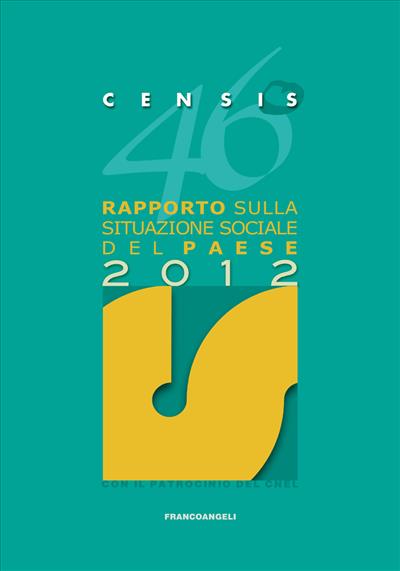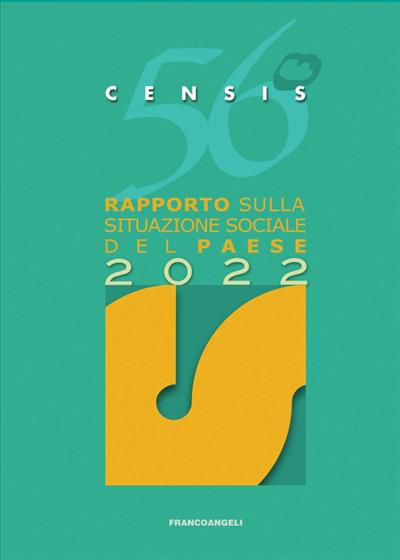
Italy Today 2005.
Social picture and trends
Edizione a stampa
29,50
Edizione a stampa
29,50
Pagine: 256
ISBN: 9788846478160
Edizione: 1a edizione 2006
Codice editore: 2000.1144
Disponibilità: Discreta




